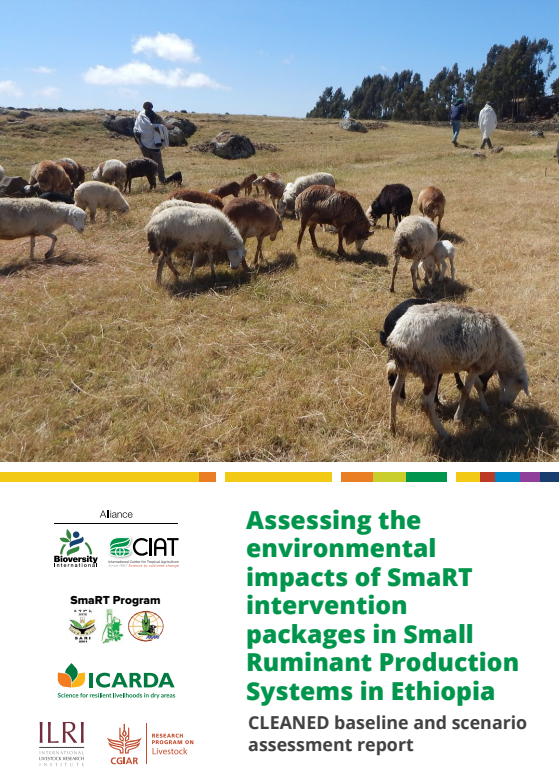Ethiopia is endowed with signifcant livestock resources and is believed to have the largest livestock population in Africa (Azage and Getachew, 2020). It is a home to 70 million cattle, 95 million sheep and goats, 2.15 millionn horses, 10.80 million donkeys, 0.38 million mules, and about 8.1 million camels (CSA, 2021). According to FAO (2018), the livestock sector employs about 12 million smallholder farmers and 12 to 15 million pastoral and agro-pastoral livestock keepers. The contribution of live animals and their products to the agricultural economy accounts for 40%, excluding the values of draught power, manure and transport of people and products (Asresie and Zemedu, 2015). Livestock also contributes to about 11% of all formal export earnings.
In mixed rainfall sufcient areas (MRS), livestock contributes 21–44% of total household income, 2–13% of household protein requirements and 4–7% of calorie requirements (Azage and Getachew, 2020). Indigenous small ruminant animals are crucial sources of both tangible and intangible economic, social, nutritional, and environmental benefts (Kassie et al. 2021). They contribute over 3.2 million tonnes of carcass weight annually, representing over 72% of the total meat production for the country (Issack et al. 2017).
Small ruminant livestock production systems can be broadly categorized as: a) pastoral and agropastoral;b) mixed crop-livestock; c) small-scale urban and peri-urban; and d) large-scale commercial systems. Mixed crop-livestock farming is dominant in the highlands and midlands, while pastoral and agro-pastoral systems dominate the lowlands (Azage and Getachew, 2020). Small ruminant animals are mainly kept by subsistence farmers and pastoralists since they are perceived to be at lower risk to lose than large ruminant animals (Awgichew et al. 1991). Since they require lower initial capital investment and other production resources such as land and feed, small ruminant animals are the best options to improve food security and diversify household livelihood strategies (Kassie et al. 2021)
Mwema, Emmanuel; Boukpessi, Gwladys; Mukiri, Jessica; Getachew, Tesfaye; Wamatu, Jane; Rischkowsky, Barbara; Notenbaert, An Maria Omer.

